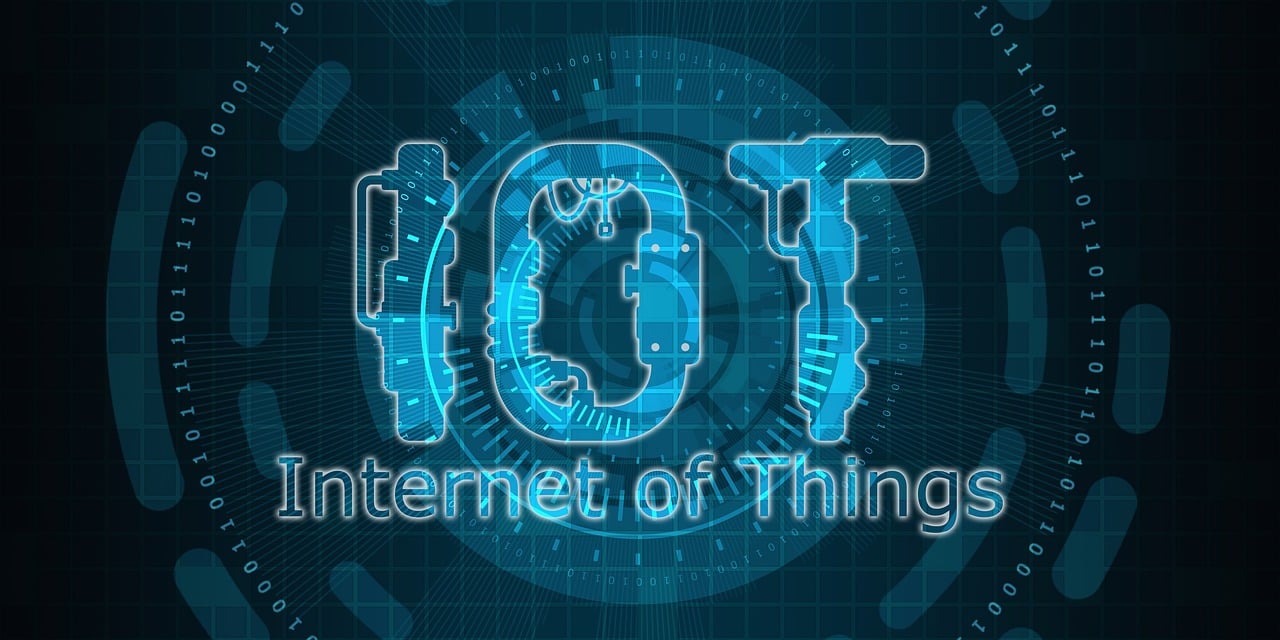In recent years, the Internet of Things (IoT) has revolutionized the way we interact with our homes. The concept of a “smart home” has become increasingly popular, offering convenience, efficiency, and enhanced control over various aspects of our daily lives. In this article, we will explore how IoT technology is transforming our homes, simplifying tasks, and creating a more connected and intelligent living environment.
- What is the Internet of Things (IoT)?
- Define IoT and explain its core concept of connecting everyday objects to the internet.
- Discuss how IoT devices communicate with each other and with users, enabling seamless automation and control.
- Smart Home Automation:
- Introduce the concept of a smart home and its benefits.
- Discuss the role of IoT in home automation, enabling the integration of devices and systems for efficient control and management.
- Highlight popular smart home devices, such as smart speakers, thermostats, security systems, lighting controls, and home appliances.
- Convenience and Comfort:
- Explore how IoT-powered smart homes enhance convenience and comfort in our daily lives.
- Discuss voice assistants and their integration with smart home devices, allowing users to control their homes through voice commands.
- Highlight examples of automation, such as scheduling lights, adjusting thermostats, and remotely controlling appliances, simplifying tasks and improving comfort.
- Energy Efficiency and Sustainability:
- Explain how IoT devices contribute to energy efficiency in smart homes.
- Discuss smart energy monitoring systems that track energy consumption and provide insights for optimized usage.
- Showcase smart lighting and thermostats that adjust based on occupancy, saving energy and reducing utility costs.
- Enhanced Security and Safety:
- Explore the role of IoT in improving home security and safety.
- Discuss smart security systems that integrate surveillance cameras, motion sensors, and door/window sensors, providing real-time alerts and remote monitoring capabilities.
- Highlight smart smoke detectors and leak sensors that detect potential hazards and send notifications to homeowners.
- Health and Well-being:
- Discuss IoT devices that promote health and well-being in smart homes.
- Highlight fitness trackers, smart scales, and health monitoring devices that gather data and provide insights for better health management.
- Mention IoT-enabled assistive devices for elderly or disabled individuals, enhancing their safety and quality of life.
- Challenges and Considerations:
- Address the privacy and security concerns associated with IoT devices.
- Discuss the importance of strong encryption, secure network configurations, and regular software updates to mitigate risks.
- Advise readers to research and choose reputable IoT devices and manufacturers.
Conclusion: The Internet of Things has paved the way for smart homes, simplifying our lives and transforming the way we interact with our living spaces. IoT-powered devices offer convenience, energy efficiency, enhanced security, and improved well-being. As technology continues to advance, the potential for smart homes and IoT applications will only grow, bringing us closer to a more connected and automated future.








